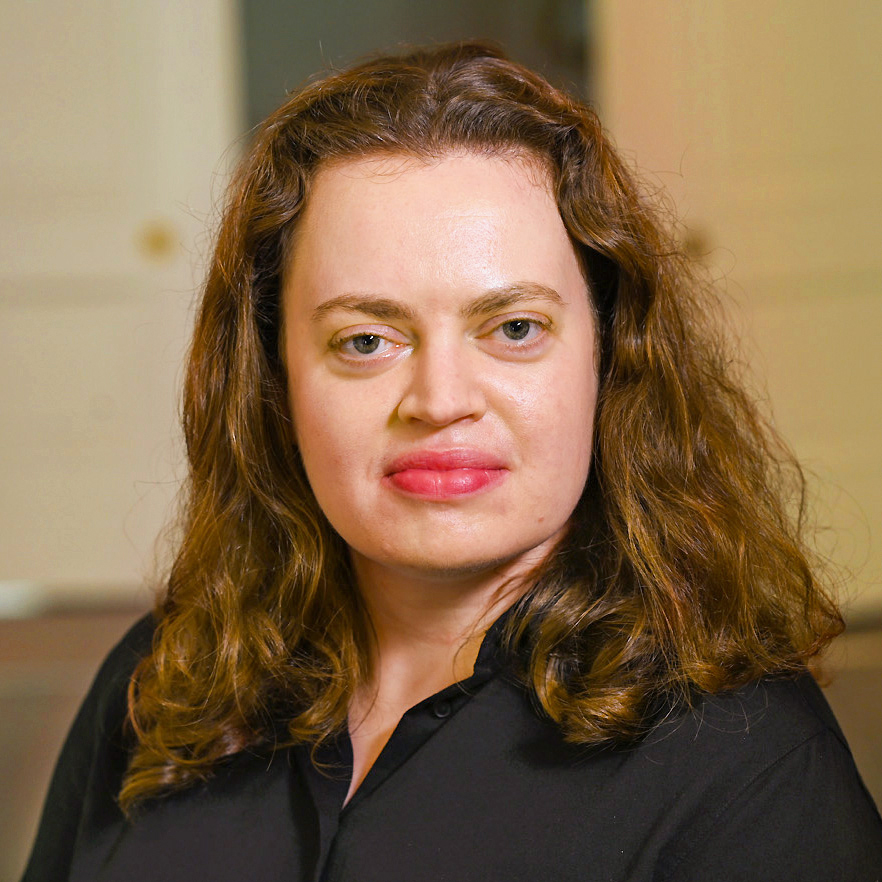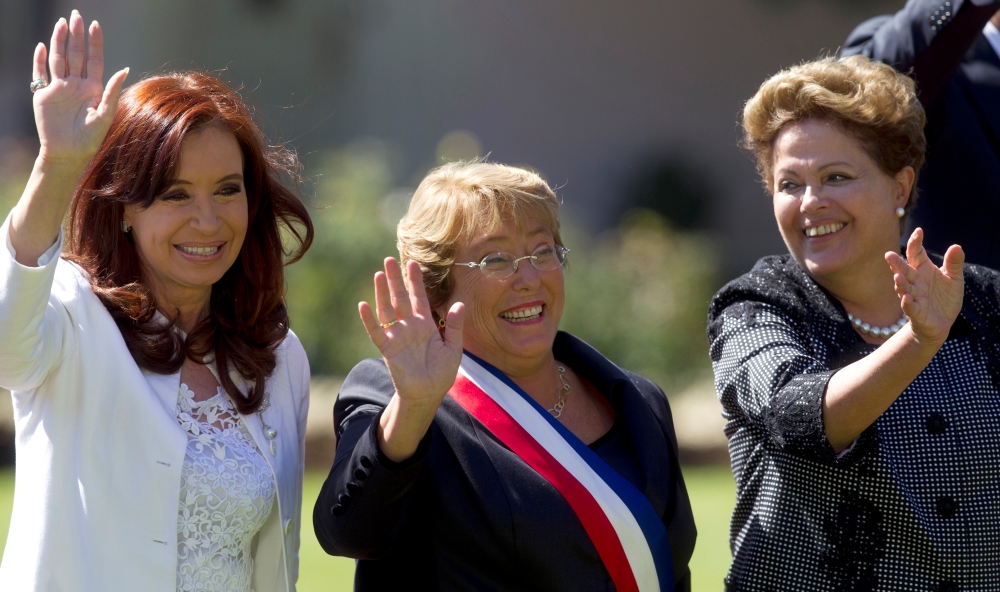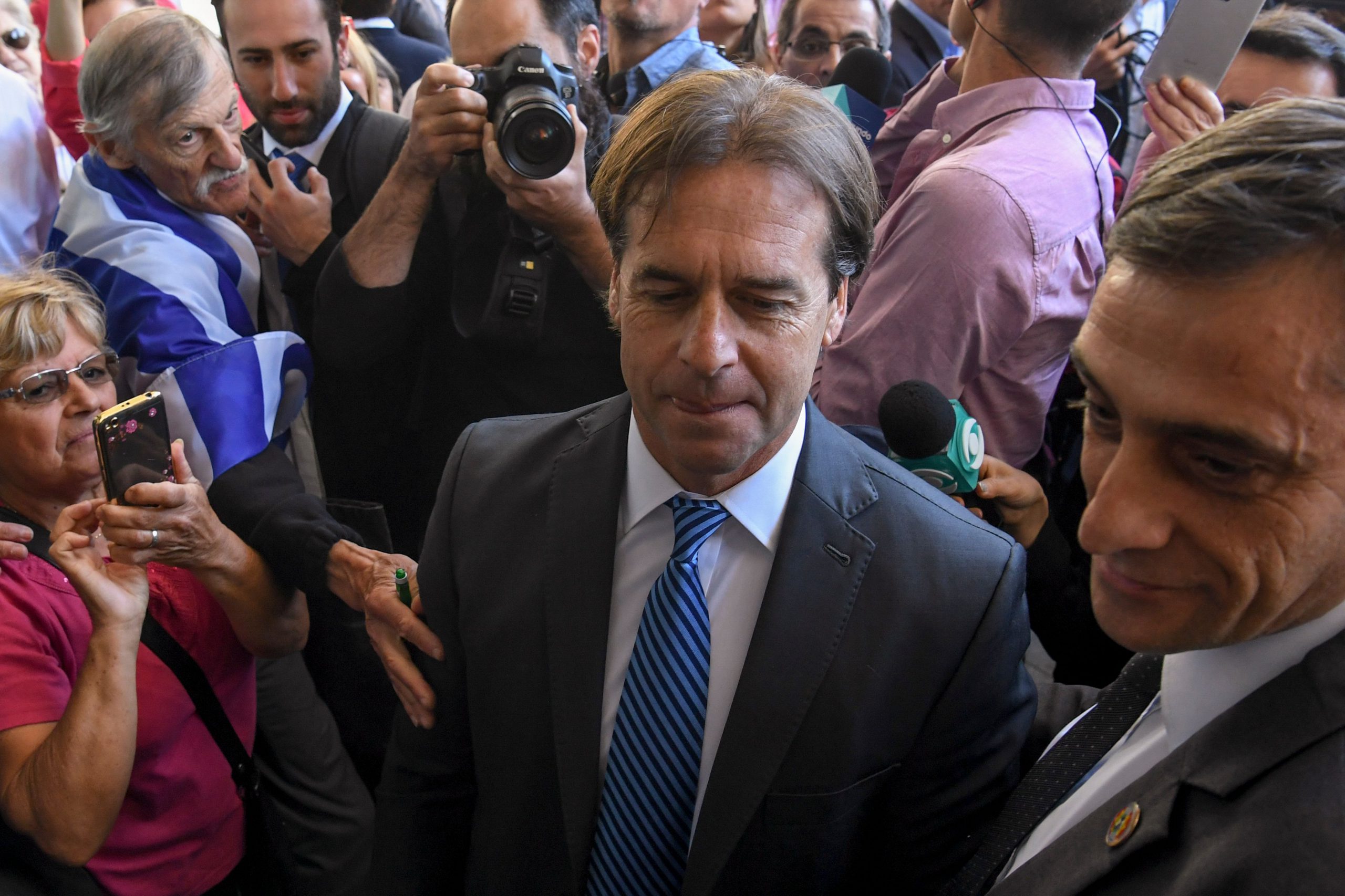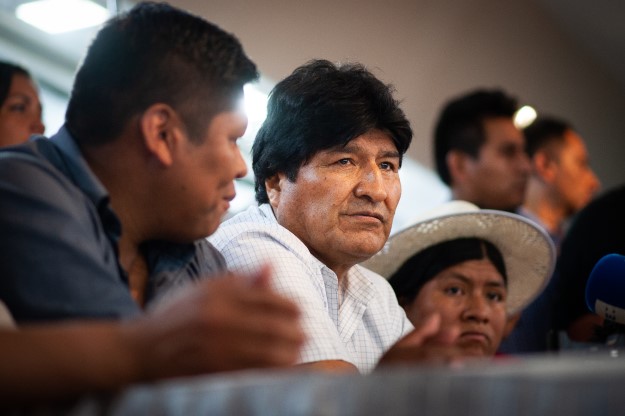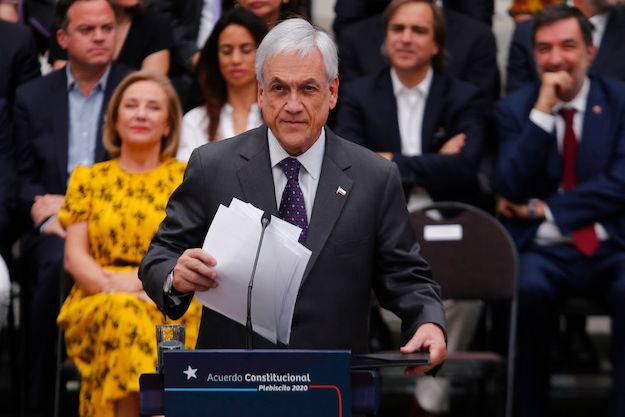Click here to read more of the decade’s 10 biggest stories.
WHO WAS INVOLVED: Presidents Michelle Bachelet (Chile, 2006-10, then 2014-18); Cristina Fernández de Kirchner (Argentina, 2007-15); Laura Chinchilla (Costa Rica, 2010-14); Dilma Rousseff (Brazil, 2011-16)
WHAT HAPPENED: It lasted fewer than two months in 2014 but was unprecedented. For the first time in history, the region had four female presidents. It was the peak of a trend: Every year between 2006 and 2018 saw at least one woman in command of a Latin American country.
Through the end of the 20th century, just two women had been elected president in the region, both with at least a partial boost from their spouses: Violeta Chamorro of Nicaragua (1990-1997) had married into one of the country’s most prominent families and entered politics following her journalist husband’s assassination, and Mireya Moscoso of Panama (1999-2004) was a former first lady.
How did the region’s notoriously machista politics produce a wave of female leadership? Chinchilla and Rousseff were protégées of former presidents who had held key positions in their predecessors’ governments. Fernández (like Moscoso) had been a first lady and influential politician in her own right. Bachelet, a former minister of health and defense, largely reached the presidency under her own steam. But, like the other three, she benefited from prevailing political winds: All four began their terms just after their popular political mentors left office.
WHY IT REALLY MATTERED: The symbolism of a woman in command was powerful, but came with a challenge beyond the already heavy burden of leading a country: It was presumed that each would also enact substantive policy changes for women. Results were positive if sometimes mixed: Rousseff and Bachelet promised to liberalize abortion policies, but only Bachelet made it happen. Rousseff’s 2014 National Education Plan improved access to childcare facilities, as did efforts by Bachelet and Chinchilla. And all four prioritized gender-diverse cabinets. During their first terms, Fernández appointed three women and Rousseff and Chinchilla each appointed nine. But no one bested Bachelet, who kicked off her presidency with the first-ever gender-parity cabinet in Latin America. In her second term, Bachelet passed Chile’s first gender quota, requiring at least 40% of congressional candidates to be women.
The election of four female presidents punctuated a longer-term shift in Latin American political culture: from 1995 to January 2019, women increased their presence in national legislatures from 13.7% to 30.7%. By mid-2019, women held 28.5% of the region’s cabinet positions.
If you don’t count Bolivian interim president Jeanine Áñez, no woman serves as president today. But three won the vice presidency during the region’s 2018-2019 megacycle of 13 presidential elections. When Fernández takes office today as the most powerful second-in-command in Latin America, women will be a heartbeat away from the presidency in a total of eight countries in the region. They, along with cabinet members and legislators, are the next generation of women to enter the presidential power pipeline.


